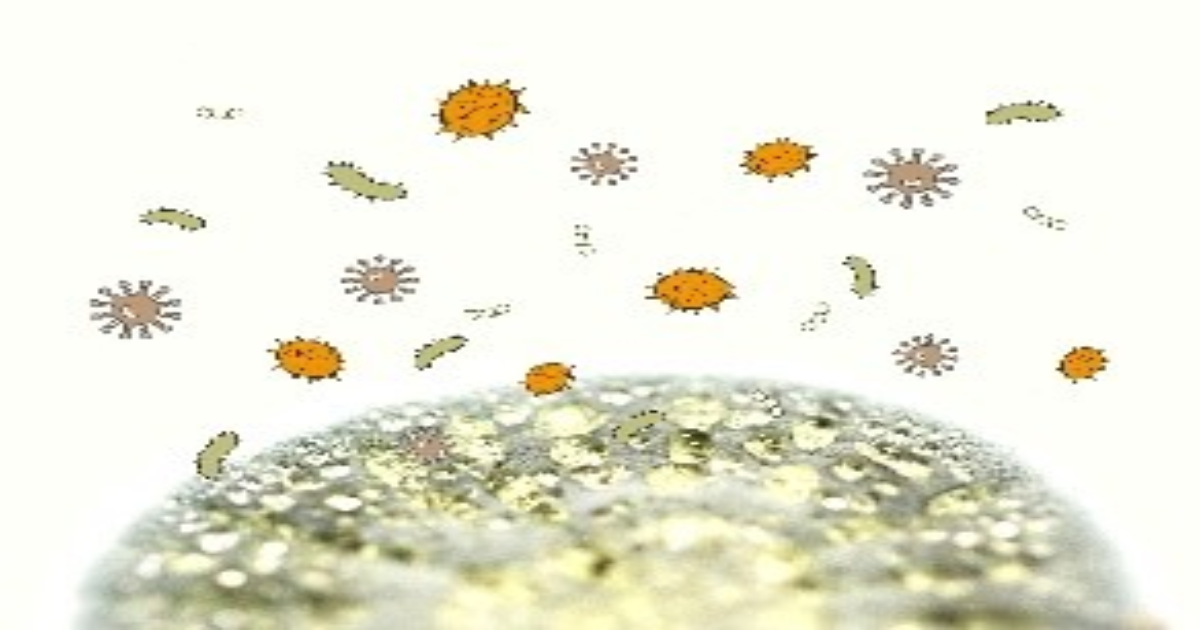Airborne Microbiota in Indoor and Occupational Environments
A special issue of Atmosphere (ISSN 2073-4433). This special issue belongs to the section "Air Quality and Human Health".
Deadline for manuscript submissions: closed (20 January 2023) | Viewed by 11303

Special Issue Editor
Special Issue Information
Dear Colleagues,
The objective of this Special Issue is to share recent advances and provide a better understanding of the behavior of bioaerosols in indoor and occupational environments. The inhalation of microbial particles or their derivatives represents a significant risk for workers in many environments, as well as for people living in contaminated or poorly ventilated environments. Airborne microbiota can be responsible for nosocomial or occupational infections, immunological effects such as asthma or hypersensitivity pneumonitis, and toxic reactions such as organic dust toxic syndrome. A better knowledge of the airborne microbiota will allow a more precise understanding of the exposure risk, and thus will help in the implementation of adapted control measures. The study of the dynamics, behaviors, concentrations, dimensions characterisation and identification of the airborne microbiota will provide relevant information and allow for better disease prevention in exposed individuals.
In view of the above, this Special Issue aims to bring together original research, technical notes, and review articles dealing with the airborne microbiota in indoor and occupational environment studies.
Topics of interest for this Special Issue include, but are not limited to, the following:
- Temporal and spatial variability in the type, number, size, and distribution of microbial particles,
- Type, concentrations, and size distributions of bioaerosols in indoor and occupational environments,
- Assessment of occupational risks related to exposure to the airborne microbiota,
- New methodology to document the airborne microbiota and microbiome,
- The impact of indoor conditions (temperature, humidity, air movement) on the airborne microbiome,
- The roles of the airborne microbiome on human health,
- Technological and methodological developments to study the airborne microbiome.
All studies involving field measurements, laboratory experiments, model simulations, and reports on preventive actions to address the airborne microbiota as a threat to public and occupational health are welcome.
Dr. Geneviève Marchand
Guest Editor
Manuscript Submission Information
Manuscripts should be submitted online at www.mdpi.com by registering and logging in to this website. Once you are registered, click here to go to the submission form. Manuscripts can be submitted until the deadline. All submissions that pass pre-check are peer-reviewed. Accepted papers will be published continuously in the journal (as soon as accepted) and will be listed together on the special issue website. Research articles, review articles as well as short communications are invited. For planned papers, a title and short abstract (about 100 words) can be sent to the Editorial Office for announcement on this website.
Submitted manuscripts should not have been published previously, nor be under consideration for publication elsewhere (except conference proceedings papers). All manuscripts are thoroughly refereed through a single-blind peer-review process. A guide for authors and other relevant information for submission of manuscripts is available on the Instructions for Authors page. Atmosphere is an international peer-reviewed open access monthly journal published by MDPI.
Please visit the Instructions for Authors page before submitting a manuscript. The Article Processing Charge (APC) for publication in this open access journal is 2400 CHF (Swiss Francs). Submitted papers should be well formatted and use good English. Authors may use MDPI's English editing service prior to publication or during author revisions.
Keywords
- bioaerosols
- airborne Microbiota
- airborne Microbiome
- risk assessment
- occupational health
- indoor air
- metrology





